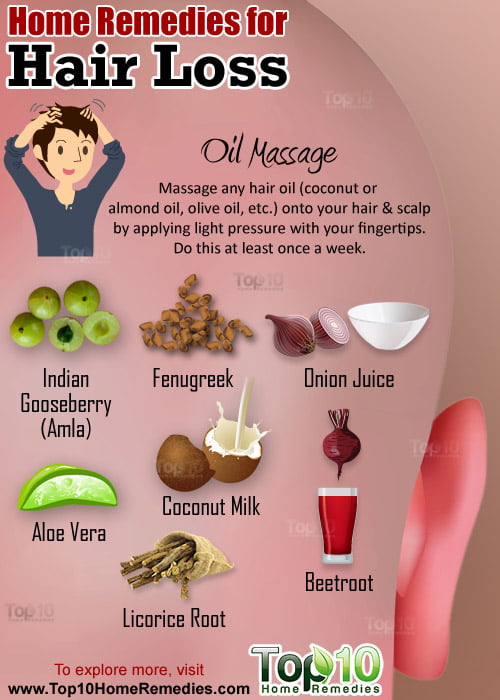SAN FRANCISCO – The days are longer, the sun is hotter, the beach beckons and out comes the sunscreen. But summer revelers looking forward to sizzling hot fun in the sun shouldn’t overlook their eyes when it comes to protecting themselves from damaging ultraviolet rays, warns the American Academy of Ophthalmology.
In support of UV Safety Month in July, the Academy is sharing information on how to keep eyes safe from sun damage. Excess sun exposure can put people at risk of serious short-term and long-term eye problems. If eyes are exposed to strong sunlight for too long without protection, UV rays can burn the cornea and cause temporary blindness in a matter of hours. Long-term sun exposure has also been linked to an increased risk of cataracts, cancer and growths on or near the eye.
Here are five things people can do to cut their risk of eye damage from the sun:
- Wear the right sunglasses – Look for those labeled “UV400” or “100 percent UV protection” when buying sunglasses. Less costly sunglasses with this label can be just as effective as the expensive kind. Darkness or color doesn’t indicate strength of UV protection. UV rays can go through clouds, so wear sunglasses even on overcast days. And while contacts may offer some benefit, they cannot protect the entire eye area from burning rays.
- Don’t stare at the sun – Sun worshippers take note: directly gazing at the sun can burn holes in the retina, the light-sensitive layer of cells in the back of the eye needed for central vision. This condition is called solar retinopathy. While rare, the damage is irreversible.
- Check your medication labels – One in three adults uses medication that could make the eyes more vulnerable to UV ray damage, according to a sun safety survey by the Academy. These include certain antibiotics, birth control and estrogen pills, and psoriasis treatments containing psoralen. Check the labels on your prescriptions to see if they cause photosensitivity. If so, make sure to protect your skin and eyes or avoid sun exposure when possible.
- Put a lid on it – In addition to shades, consider wearing a hat with broad brim. They have been shown to significantly cut exposure to harmful rays. Don’t forget the sunscreen!
- Don’t drive without UV eye protection – Don’t assume that car windows are protecting you from UV light. A recent study found that side windows blocked only 71 percent of rays, compared to 96 percent in the windshield.[i] Only 14 percent of side windows provided a high enough level of protection, the researchers found. So when you buckle up, make sure you are wearing glasses or sunglasses with the right UV protection.
“Damage from sun exposure can happen quickly, but it also adds up over time, making it a risk factor for several vision-impairing eye conditions,” said Jeff Pettey, M.D., a clinical spokesperson for the American Academy of Ophthalmology. “That’s why it’s important to get in the habit of wearing UV-blocking sunglasses, hats and sunscreen early on to cut your risk.”
Find more information on how to protect your eyes from the sun year-round at the Academy’s EyeSmart website.
About the American Academy of Ophthalmology
The American Academy of Ophthalmology is the world’s largest association of eye physicians and surgeons. A global community of 32,000 medical doctors, we protect sight and empower lives by setting the standards for ophthalmic education and advocating for our patients and the public. We innovate to advance our profession and to ensure the delivery of the highest-quality eye care. Our EyeSmart® program provides the public with the most trusted information about eye health. For more information, visit aao.org.
[source;aao]




















